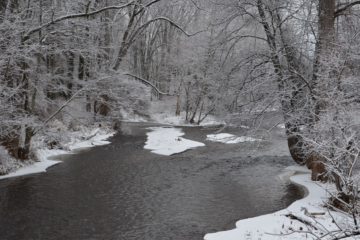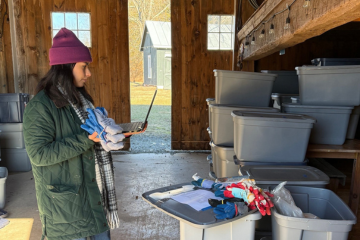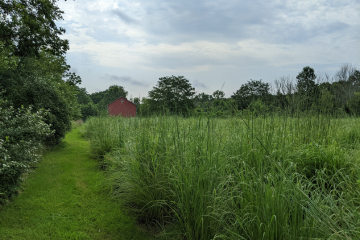If you’ve been scanning the skies for relief from New Jersey’s parching drought, you’re not alone. The region is grappling with a significant drought, marked by record-breaking low rainfall since August 2024. These conditions are straining drinking water supplies, and heightening wildfire risks. While droughts are a natural part of the state’s climate, their intensity and frequency are increasing due to climate change.
Current Drought Status
Moderate to severe drought conditions persist statewide. The New Jersey Department of Environmental Protection (NJDEP) declared a Drought Warning in several regions, urging residents to conserve water. Major reservoirs like Spruce Run are below normal levels, and groundwater aquifers are showing signs of depletion. While some rain is finally in the forecast, it is not enough; NJDEP sources say we would need at least 10 inches of precipitation to catch up.
Impacts on Water and Ecosystems
· Drinking Water: Reduced river flows and groundwater levels threaten drinking water supplies both in the Raritan River Basin and downstream in more urban areas of the state.
· Wildfires: Dry conditions increase wildfire risks, notably in the pine barrens and wooded areas.
· Freshwater Streams: Low stream flows degrade water quality, harm aquatic species, and increase pollutant concentrations.
Causes and Climate Impacts
The current drought is attributed to higher air temperatures and extremely low precipitation. Natural weather patterns like El Niño contribute to drought, but climate change amplifies its effects. Rising temperatures increase evaporation, leading to longer dry spells and erratic rainfall patterns. This makes droughts more frequent and severe.
How to Conserve Water
1. Fix leaks and install water-efficient appliances.
2. Limit lawn watering and choose native plants for landscaping.
3. Turn off faucets when not in use and shorten showers.
4. Run full loads in dishwashers and washing machines.
5. Install rain gardens to capture stormwater and recharge aquifers.
Resources for Monitoring and Action
Stay informed and take action with these tools.
NJDEP Drought Dashboard
RHA Climate Dashboard
By conserving water, supporting local water protection efforts by Raritan Headwaters, and addressing climate change, we can help mitigate the impacts of this drought and secure New Jersey’s water future.



